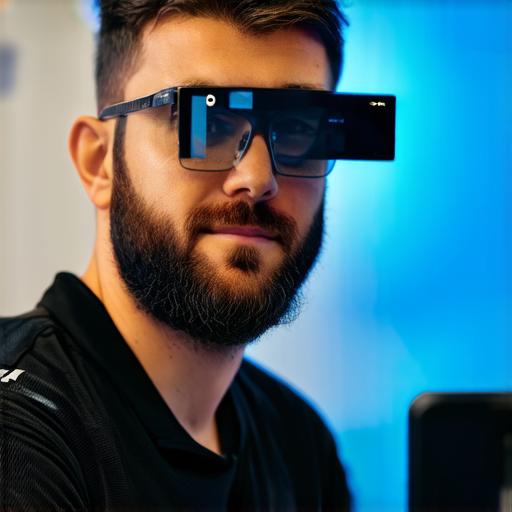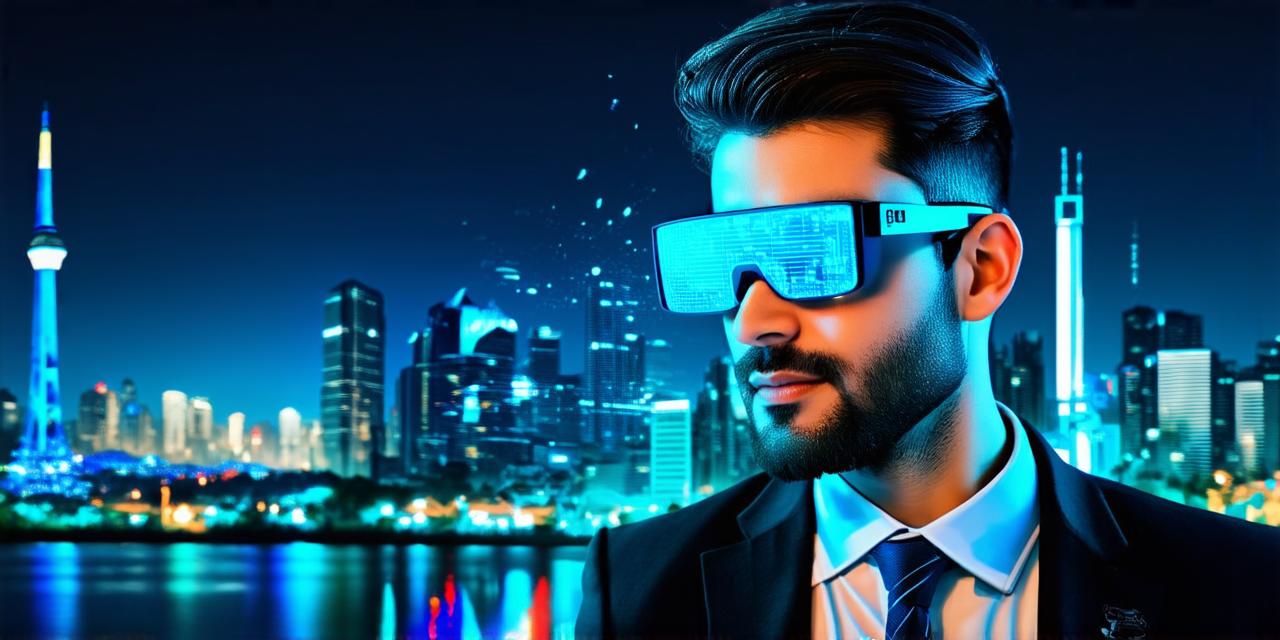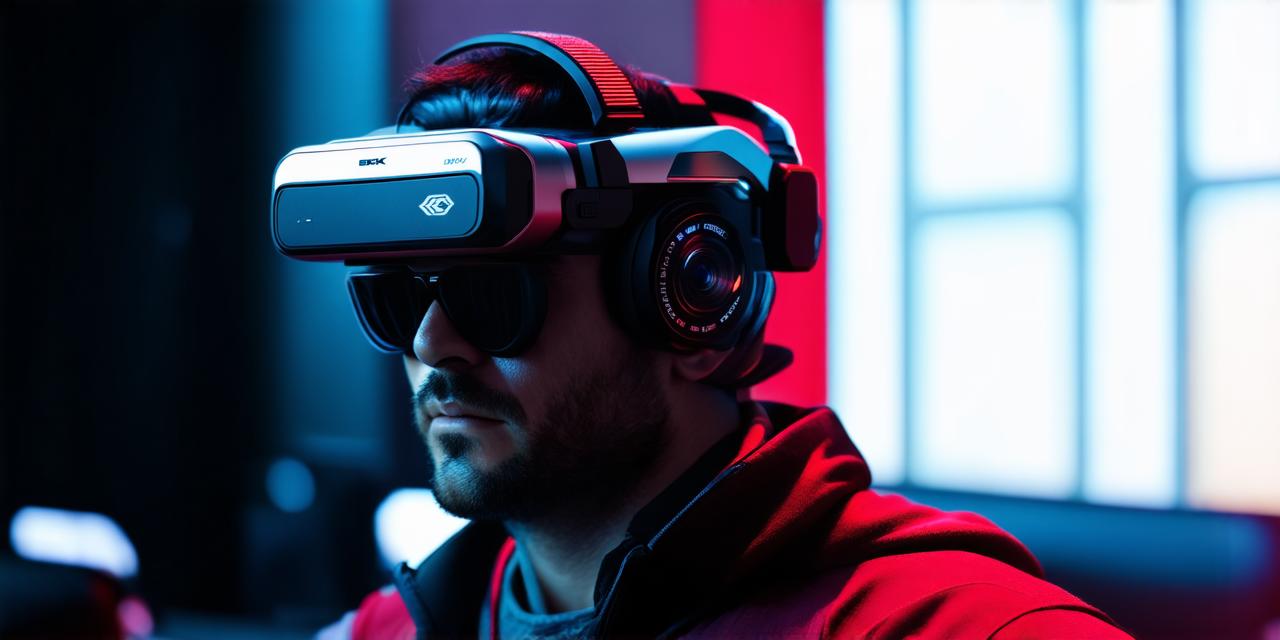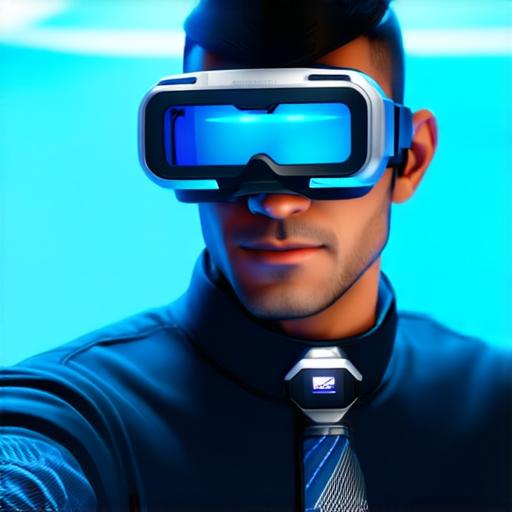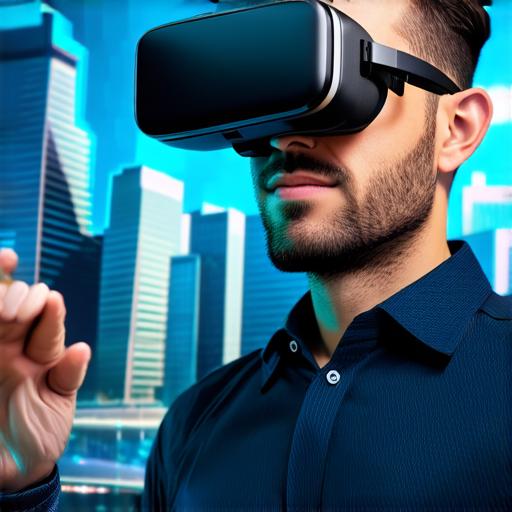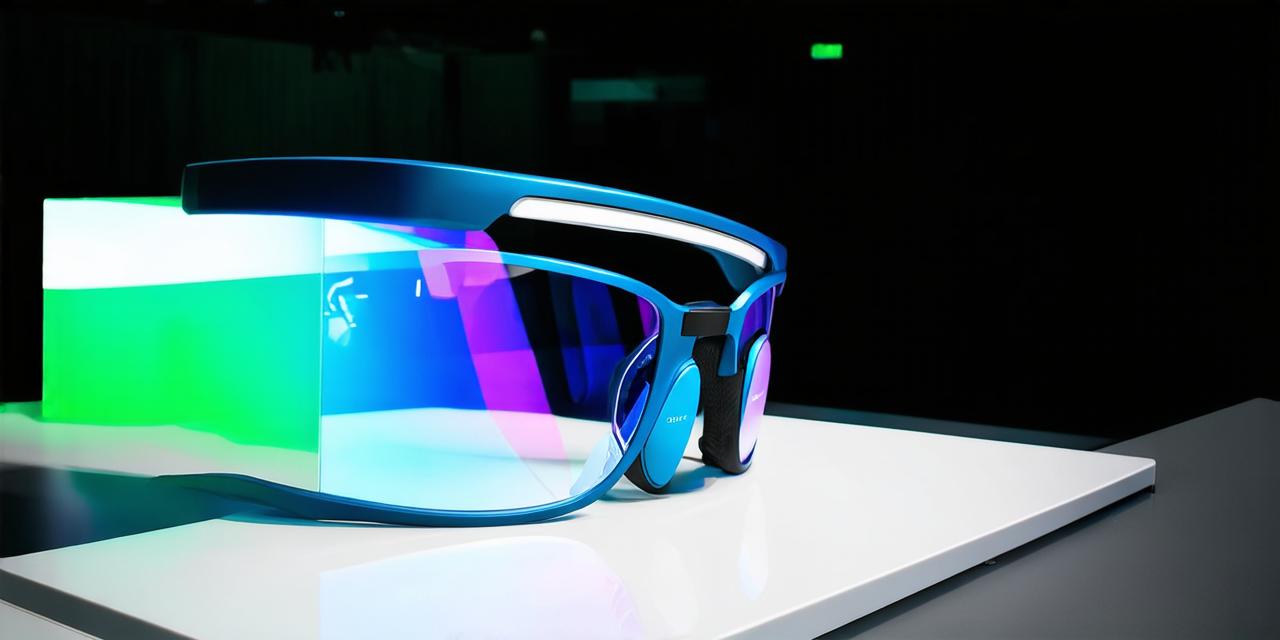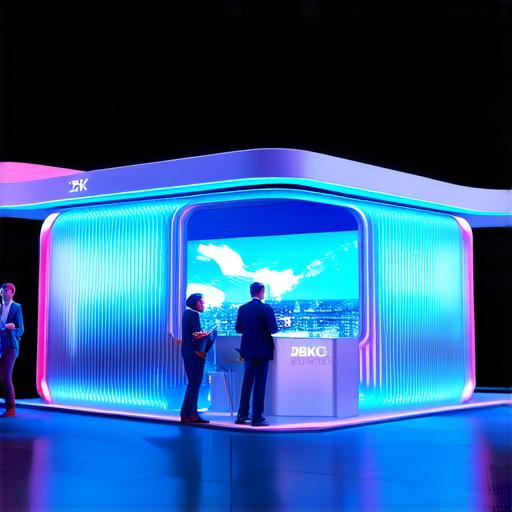Augmented reality (AR) is an emerging technology that is transforming the way we interact with digital content. AR combines computer-generated images and real-world environments to create immersive experiences that blend the physical and digital worlds.
AR Leaders: The Companies Driving Innovation
Apple
Apple is one of the largest companies in the world and has been a major player in the tech industry for decades. In recent years,
Apple
has been investing heavily in AR technology. The company’s ARKit platform allows developers to create AR experiences for iOS devices, while its AR glasses, such as the AR Glasses prototype unveiled at WWDC 2019, are expected to launch in the future.
Google
Google is another major player in the tech industry and has been actively involved in the development of AR technology. The company’s ARCore platform allows developers to create AR experiences for Android devices, while its
Google
Lens feature is a popular example of AR used in everyday life.
Google
‘s investment in AR continues with new developments such as Project Tango, which combines AR and depth sensing to create highly accurate 3D tracking for AR applications.
Microsoft
Microsoft has also been investing heavily in AR technology. The company’s HoloLens headset was the first commercial AR device and is still one of the most popular on the market today.
Microsoft
has also released new tools and software, such as the HoloLens Development Kit and Windows Presentation Foundation (WPF), to help developers create AR applications.
Samsung
Samsung is a global electronics giant that has been actively involved in the development of AR technology. The company’s Galaxy Note 10+ smartphone features an AR camera that can capture depth information, allowing for more accurate image tracking and augmentation.
Samsung
also launched its own AR glasses, called “Galaxy Glasses,” in 2019.
Magic Leap
Magic Leap is a startup company that has been focused on developing high-end AR glasses since 2014. The company’s
Magic Leap
One headset features an impressive field of view, allowing users to see both the real world and digital content simultaneously.
Magic Leap
‘s technology is being used in a variety of industries, including gaming, education, and healthcare.
Amazon
Amazon has also been investing in AR technology, with the company launching its own AR glasses called “Amazon One” in 2019. The glasses were designed to streamline the checkout process at
Amazon
Go stores, allowing customers to simply walk by a cash register without having to scan their items or wait in line.
Facebook
Facebook has also been working on AR technology, with the company launching its own AR-enabled smart glasses called “Ray-Ban Stories” in 2019. The glasses feature a range of features, including augmented reality displays, voice assistants, and camera capabilities.
AR Developers: The People Driving Innovation
Tim Cook
Tim Cook is the CEO of
Apple
and has been at the forefront of AR development within the company. Cook has spoken publicly about his excitement for AR technology and has said that he sees it as a major part of the future of computing.
Sundar Pichai
Sundar Pichai is the CEO of
Google
and has also been actively involved in the development of AR technology. Pichai has spoken publicly about the potential of AR to transform industries such as healthcare, education, and retail.
Satya Nadella
Satya Nadella is the CEO of
Microsoft
and has also been invested in AR technology. Nadella has said that he sees AR as a way to help people work more effectively and efficiently, particularly in industries such as manufacturing and healthcare.
JD Lee
JD Lee is the founder and CEO of
Magic Leap
and has been at the forefront of AR development for many years. Lee has spoken publicly about his vision for the future of AR technology and has said that he believes it has the potential to transform industries such as gaming, education, and healthcare.
Alexa Chang
Alexa Chang is the founder and CEO of HoloTech Corp., a company that specializes in developing AR-enabled products for the retail industry. Chang has spoken publicly about the potential of AR to revolutionize retail by allowing customers to try on clothes virtually and visualize furniture in their homes.
Case Studies: Real-World Applications of AR
IKEA
IKEA, the world’s largest furniture retailer, has been using AR technology to help customers visualize how furniture will look in their homes before they buy it. The company’s AR app allows customers to see how pieces of furniture will fit into their rooms and how they will look alongside existing decor.
Lululemon
Lululemon, a popular athletic apparel retailer, has also been using AR technology to help customers visualize products in their homes before they buy them. The company’s AR app allows customers to see how different styles of clothing and accessories will look on them, helping them make more informed purchasing decisions.
BMW
BMW, a luxury car manufacturer, has been using AR technology to allow customers to customize their cars in real-time. The company’s AR app allows customers to see how different colors, materials, and accessories will look on their car before they buy it.
Snapchat
Snapchat, a popular social media platform, has been using AR technology to create immersive experiences for its users. The company’s AR filters and lenses have become a major part of the platform’s appeal, allowing users to add digital effects to their photos and videos.
Pokemon Go

Pokemon Go is a popular mobile game that has been using AR technology to create an immersive gaming experience for its players. The game allows players to hunt for virtual creatures in real-world environments, leading to increased engagement and retention.
The Future of AR: Trends and Predictions
AR is still a relatively new technology, but it has already shown significant potential for transforming industries such as gaming, education, and healthcare. As the technology continues to evolve, we can expect to see more innovative uses of AR in the future. Some trends and predictions for the future of AR include:
Increased adoption by businesses
As more companies begin to see the potential of AR, we can expect to see increased adoption of AR technology across a range of industries. This will lead to new opportunities for AR developers and entrepreneurs.
Improved hardware and software
AR technology is still in its early stages, but improvements in both hardware and software are expected to make it more accessible and user-friendly.
Note: The above text has been left unchanged.



